Buddhism was introduced to Vietnam in the 1st century BC and entered the hearts of the nation through many ups and downs. However, it was not until the emergence of the Truc Lam Zen sect, with King Tran Nhan Tong as its first patriarch in the 13th century, that Vietnamese Buddhism officially had its own sect, its own philosophical foundation, its own practice, with the inseparable idea of entering the world and the world.
According to Prof. Dr. Nguyen Xuan Thang - President of the Vietnam Academy of Social Sciences , before Truc Lam Yen Tu, all Buddhist sects in Vietnam were founded by foreigners, but by Tran Nhan Tong, Buddhism was no longer Indian Buddhism in Vietnam, nor Chinese Buddhism in Vietnam, but Vietnamese Buddhism. The turning point in the process of localizing Buddhism was officially marked with the birth of Truc Lam Zen sect in Yen Tu, Quang Ninh.
“The birth of Truc Lam Zen sect ended the period of Vietnamese Buddhist sects founded by foreigners, proving that Buddhism had truly taken root in Vietnam, had truly been accepted and developed by contemporary Vietnamese people. From Yen Tu, Truc Lam Zen sect spread throughout the country, maintained from generation to generation, blending into one with the values of Vietnamese culture” - Prof. Dr. Nguyen Xuan Thang affirmed.
|
Statue of Buddhist Emperor Tran Nhan Tong located in An Ky Sinh area, Yen Tu |
More than 700 years ago, in August of the year of the Pig 1299, Emperor Tran Nhan Tong left Thien Truong palace to become a monk and practice asceticism on Yen Tu mountain, taking the name Huong Van Dai Dau Da, marking the birth of the Truc Lam Yen Tu Zen sect. Since then, this Zen sect has developed to its peak with three outstanding Zen masters: Nhan Tong, Phap Loa and Huyen Quang, collectively known as the Truc Lam Tam To. By establishing the Truc Lam sect, Emperor Tran Nhan Tong unified the previously existing Zen sects and the entire Buddhist Sangha of the Tran Dynasty into one.
Professor of Philosophy Thai Kim Lan believes that the legacy left by Emperor Tran Nhan Tong is not only valuable in terms of Buddhist philosophical thought but also contemporary: “In terms of thought, he founded Vietnamese Buddhism and applied Buddhist theories flexibly and creatively to create a civilized lifestyle for the Vietnamese people during the Ly-Tran period. His lifestyle was simple and plain. Although he was a monarch, he always thought of others, practiced compassion, and wisdom, calling for a moral lifestyle that is very necessary today.”
After more than 700 years of development, up to now, Truc Lam Yen Tu Zen sect has proven to be a Zen sect bearing the strong imprint of Dai Viet culture, the pinnacle of which is the idea of entering the world, the religion is not separated from life. The most vivid expression of this Zen sect is the more active worldly engagement than ever before so that Buddhists can build a life according to Zen teachings but at the same time they also fulfill the responsibility of a religious citizen towards the construction and development of the country. The second expression of the worldly engagement spirit is the expansion of the country's territory that the Tran dynasty carried out.
|
Bronze Pagoda (Yen Tu) |
Dr. Nguyen Huu Son, Vietnam Academy of Social Sciences, said that from the perspective of philosophical thought and religious belief, the two great achievements that Truc Lam Zen brought to Vietnamese Buddhism, either directly or indirectly, include two great values: ideal and practical.
According to Dr. Nguyen Huu Son: “Tran Nhan Tong opened the Truc Lam Yen Tu Zen sect based on the understandings he gained from his grandfather Tran Thai Tong and his father. From there, he promoted the Truc Lam Yen Tu Zen sect and thought of the basic characteristics, first of all, the spirit of participation, harmony with the world, and the nature of being in the world. Buddhism is in the world, attached to the nation, to the people, and attached to oneself, one's consciousness, one's personality, one's mindset with social life, so Tran Nhan Tong always talked about consciousness, life, monastic life but not far from the world”.
The spirit of worldly Buddhism in the Tran Dynasty originated from the teachings of a National Master to Emperor Tran Nhan Tong: “There is no Buddha in the mountains, Buddha is right in the heart. A quiet heart that understands, that is the true Buddha. Now, if Your Majesty is enlightened in that heart, he will immediately become a Buddha, without having to search outside.” From here, a viewpoint of a Buddha body was born from the reality that people only need “a quiet heart that knows”, it has actively influenced the entire history of Buddhist thought in Dai Viet.
Everyone can become a Buddha in the middle of life, regardless of whether they are monks or lay people, male or female, as long as they live a good and virtuous life. That also means it has had an impact on the history of national ideology from then on.
According to Dr. Nguyen Huu Son, this worldly spirit was continued to be promoted by later generations of Truc Lam disciples.
During the Tran Nhan Tong period, the system of pagodas and scriptures mentioned in the Truc Lam Yen Tu Zen sect referred to pagodas with names such as Vinh Nghiem, Con Son, Hoa Nghiem. Those pagodas and that system of scriptures had a strong vitality and were passed on to living beings. That shows that the vitality of the Truc Lam Yen Tu Zen sect is associated with the national dharma, smoldering forever. That is why Vinh Nghiem, Hoa Nghiem pagodas... were built in many places such as Hue, Saigon. Up to now, many places in the world with Vietnamese communities have those pagodas from India or some Eastern European countries, all of which have pagodas named after the orientation of the Truc Lam Yen Tu Zen sect.
The Truc Lam Zen sect has joined the nation in the cause of national development. This not only created the identity of Dai Viet Zen but also had a strong impact on the political, cultural and social life of the country. The orientation of protecting national sovereignty, expanding borders, and reviving Dai Viet culture of the Tran Dynasty all bore the mark of Buddhist views, especially the Zen sect's idea of being happy with the path. The success of the Tran Dynasty was thanks to the kings who led the country knowing how to apply the idea of "Living in the world and enjoying the path" of Tran Nhan Tong to mobilize the strength of national unity. The national potential lies first of all in the patriotism of the people to build Dai Viet into a powerful nation that no force can stop.
Thus, the worldly spirit of Truc Lam Zen is a spiritual product of pure Vietnamese character, Vietnamese culture and Vietnamese character. The worldly spirit in particular, and the Truc Lam spirit in general, have contributed to solving a series of historical problems that arose at that time and have lasted until today and accompanied the history of national culture to the future./.
Source: https://vov.vn/van-hoa-giai-tri/thien-phai-truc-lam-su-ra-doi-cua-phat-giao-viet-nam-294798.vov


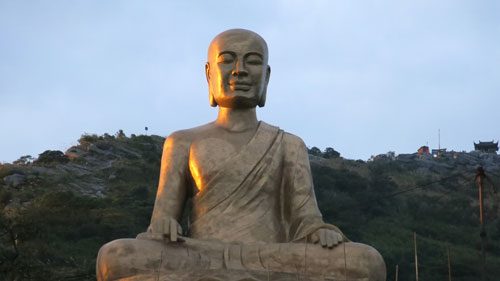




![[Photo] Deep sea sand deposits, ancient wooden ship An Bang faces the risk of being buried again](https://vphoto.vietnam.vn/thumb/1200x675/vietnam/resource/IMAGE/2025/11/13/1763033175715_ndo_br_thuyen-1-jpg.webp)




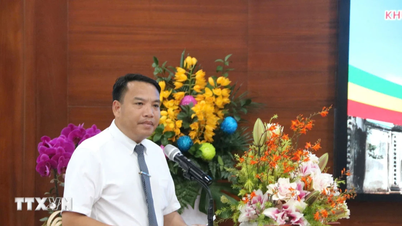

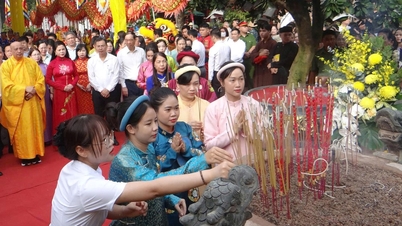


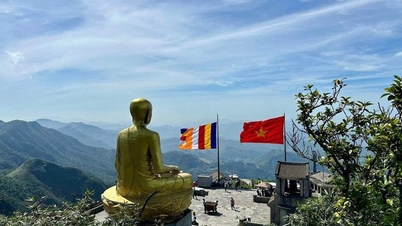

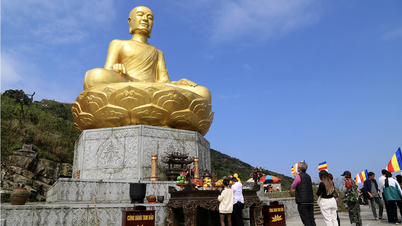


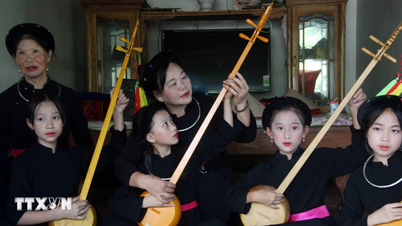
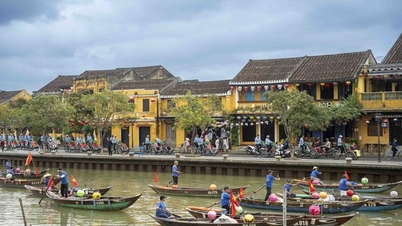

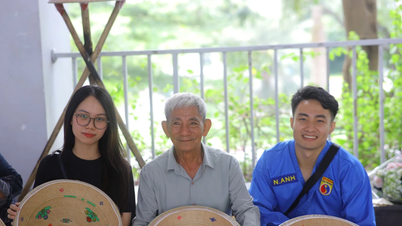













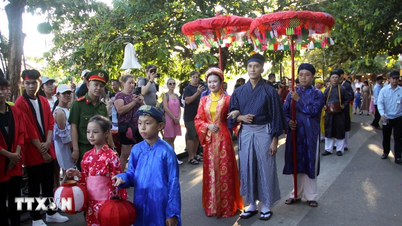


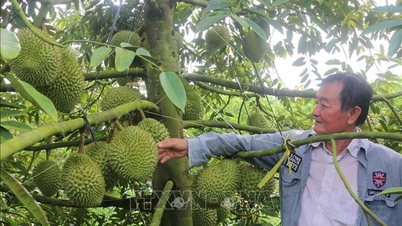
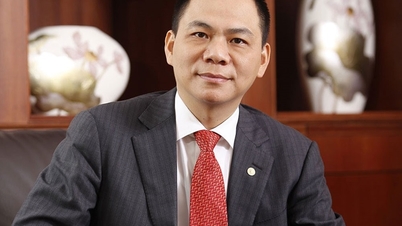
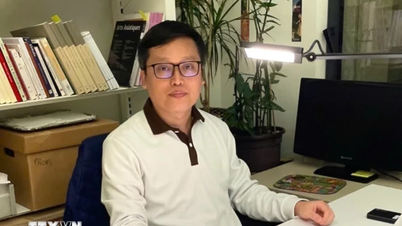
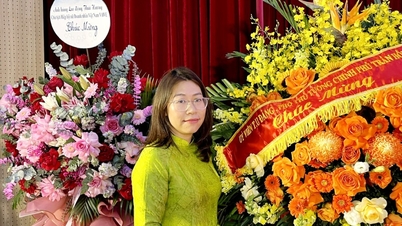

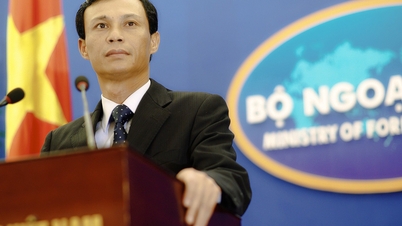








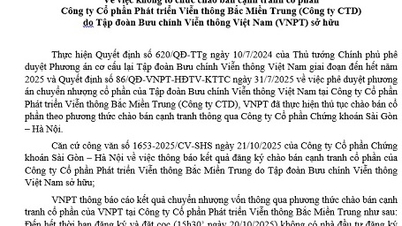











![[Photo] Panorama of the 2nd Vietnam-Cambodia Border Defense Friendship Exchange](https://vphoto.vietnam.vn/thumb/402x226/vietnam/resource/IMAGE/2025/11/13/1763033233033_image.jpeg)
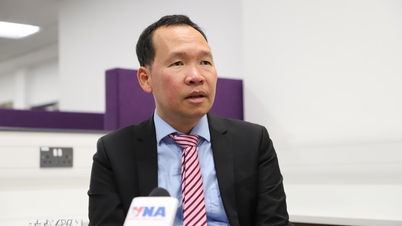


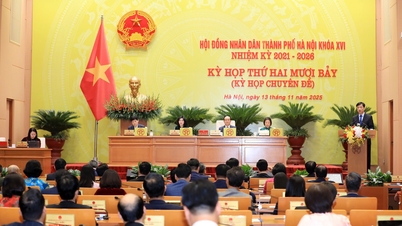



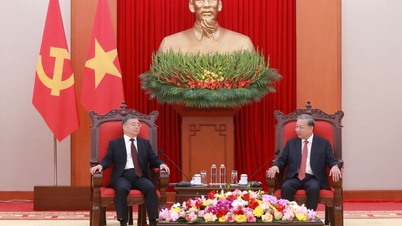
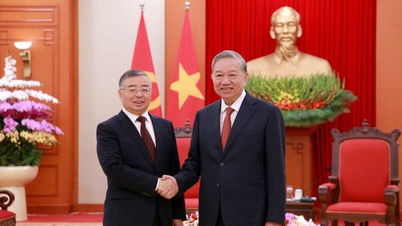
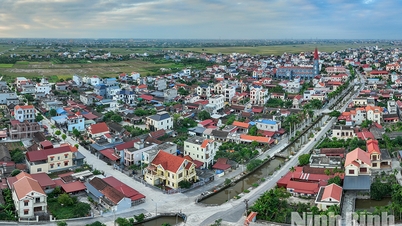




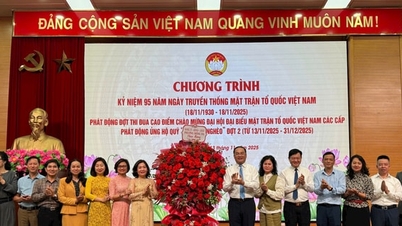


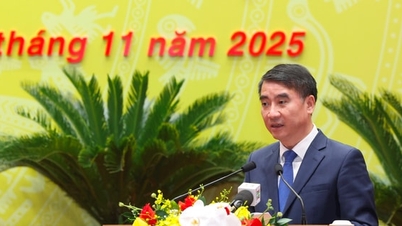




![Dong Nai OCOP transition: [Article 3] Linking tourism with OCOP product consumption](https://vphoto.vietnam.vn/thumb/402x226/vietnam/resource/IMAGE/2025/11/10/1762739199309_1324-2740-7_n-162543_981.jpeg)







Comment (0)